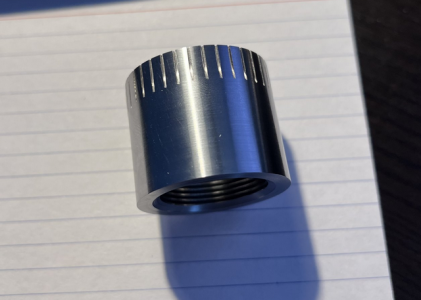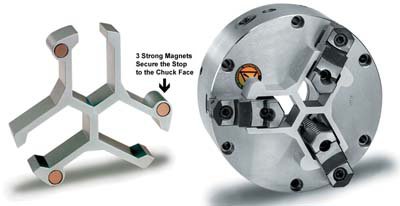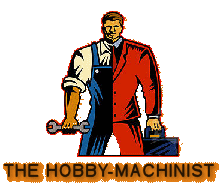- Joined
- Oct 4, 2020
- Messages
- 484
I need to make a couple of different parts like this. I need the faced ends to be as parallel as possible. I can get it it within a thou... maybe 1.5 thou. I also need the part to end up at a specific length. (Well, doesn't really matter what it is, as long as it's something easy to work with 1.2,1.3,1.4 inch)
My best results so far are 8 tenths variation. To get that, I will face one end. Mark where and how the part is inserted in the chuck. Flip it 180 to get the other face, and also turn the part 180 degrees in the chuck. (I think that's how I did it anyway)
Anyway, without a surface grinder... are there any lathe or mill tricks? I have a horizontal/vertical rotary table. Stones... and tons of material to play with.

My best results so far are 8 tenths variation. To get that, I will face one end. Mark where and how the part is inserted in the chuck. Flip it 180 to get the other face, and also turn the part 180 degrees in the chuck. (I think that's how I did it anyway)
Anyway, without a surface grinder... are there any lathe or mill tricks? I have a horizontal/vertical rotary table. Stones... and tons of material to play with.




